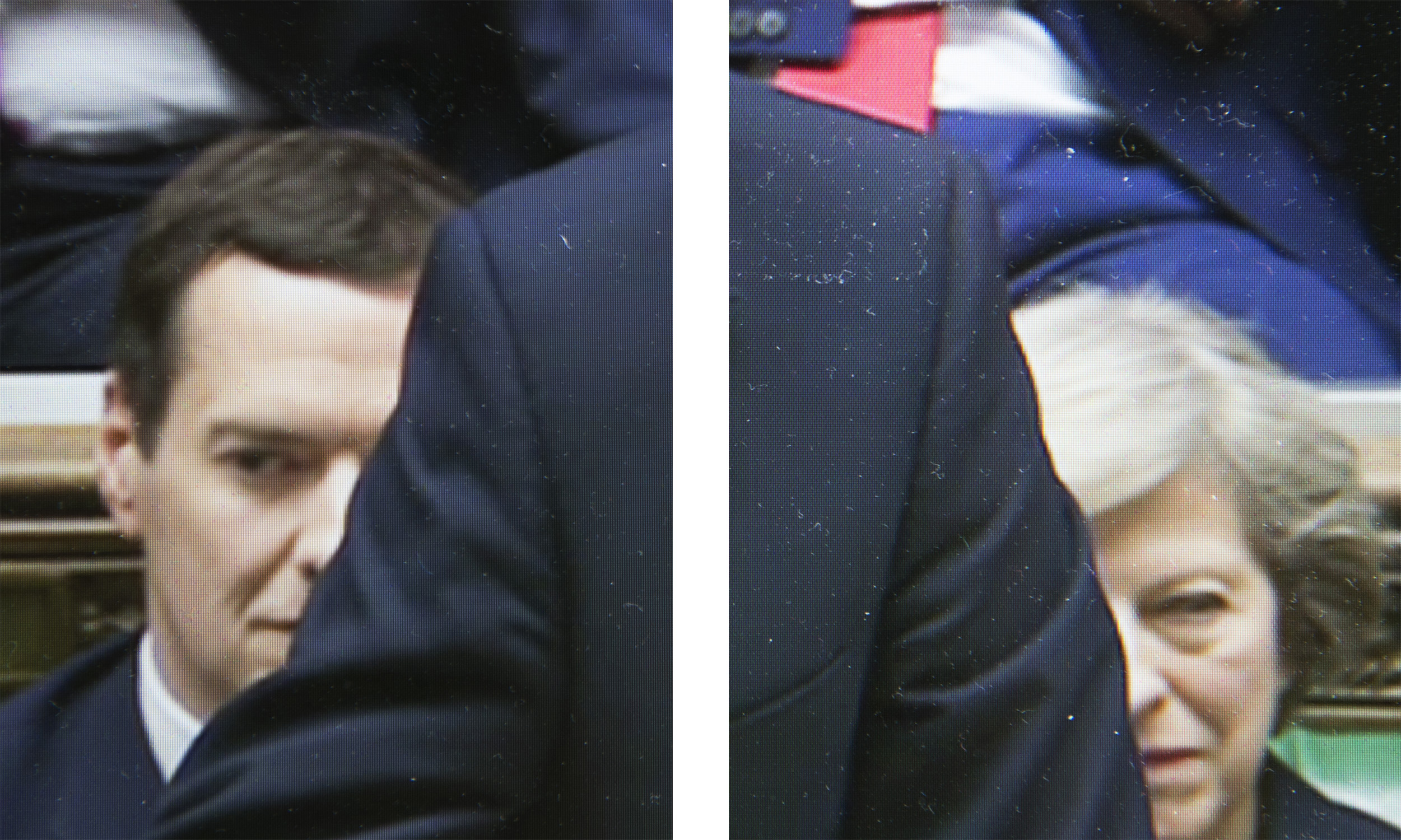Visualising the rise of populism with post-truth pictures
- Text by Niall Flynn
- Photography by William Lakin

Back in 2015, London photographer William Lakin began work on a project exploring the influence and societal impact of hyper-consumerism.
While he was doing so, the European Union Referendum Law was unveiled during the Queen’s Speech following the Conservative general election victory in May of that year. A month later, across the Atlantic, a certain Donald Trump announced that he would be running for president.


As those campaigns – Vote Leave and Trump’s White House bid – began to take shape in tandem with one another, Lakin realised that the themes he’d been exploring within a consumerist context (artificiality, the obscuring of facts, narratives built to prey on discontent, general malevolence) were even more prevalent in a political one. So, he began to widen his gaze.
“I realised these feelings and disempowerment and disenchantment were broader than I’d initially thought. It was a bigger, more complicated picture,” he explains. “As Brexit started and Trump started to campaign, I realised that a lot of the things I was getting at, and a lot of the ways that consumerism connects and gains followers, were similar to how these campaigns were being orchestrated.”


The subsequent series, titled A Glimmer Of Accountability, operates as Lakin’s way of communicating these ideas. Using manipulation and selective cropping, the project visualises the rise and rise of a populist, post-truth landscape with a collection of uncanny images that blur the lines between real life and fiction.
In their confrontation of the past two years of politics, the photos range from the overt (an eerie crop of one of Trump’s infamous gesticulations), to the subtle (an uncanny cityscape, made to to appear almost red, white and blue). It’s never truly clear which images are genuine, and one which ones are products of Lakin’s distortion.


“I want it to be subtly noticeable whether the image has been manipulated or not, similar to how it’s kind of uncertain what you should believe and what you shouldn’t. I want that to be obvious, so the viewer questions what they’re really seeing,” Lakin notes.
“In [the images] the nuances and the details are hidden. It’s how power structures work – we’re fed some information, while much is kept back. It’s really only the bare bones that people are interested in. [With the campaigns] there was very little to actually back up what they were saying. It was more about giving a sense of a narrative that people could cling onto. The details are much less important.”



See more of William Lakin’s work on his official website.
Enjoyed this article? Like Huck on Facebook or follow us on Twitter.
Latest on Huck

Maryam El Gardoum is breaking new shores for Morocco’s indigenous surfers
The Amazigh Atlantic — Through her groundbreaking career and popular surf school, the five-time Moroccan champion is helping women find their places in the waves.
Written by: Sam Haddad

Youth violence’s rise is deeply concerning, but mass hysteria doesn’t help
Safe — On Knife Crime Awareness Week, writer, podcaster and youth worker Ciaran Thapar reflects on the presence of violent content online, growing awareness about the need for action, and the two decades since Saul Dibb’s Bullet Boy.
Written by: Ciaran Thapar

Volcom teams up with Bob Mollema for the latest in its Featured Artist Series
True to This — The boardsports lifestyle brand will host an art show in Biarritz to celebrate the Dutch illustrators’ second capsule collection.
Written by: Huck

A visual trip through 100 years of New York’s LGBTQ+ spaces
Queer Happened Here — A new book from historian and writer Marc Zinaman maps scores of Manhattan’s queer venues and informal meeting places, documenting the city’s long LGBTQ+ history in the process.
Written by: Isaac Muk

Nostalgic photos of everyday life in ’70s San Francisco
A Fearless Eye — Having moved to the Bay Area in 1969, Barbara Ramos spent days wandering its streets, photographing its landscape and characters. In the process she captured a city in flux, as its burgeoning countercultural youth movement crossed with longtime residents.
Written by: Miss Rosen

Tony Njoku: ‘I wanted to see Black artists living my dream’
What Made Me — In this series, we ask artists and rebels about the forces and experiences that shaped who they are. Today, it’s avant-garde electronic and classical music hybridist Tony Njoku.
Written by: Tony Njoku

